Mildew is an unpleasant appearance inside or on the outside of houses, on wood cladding, stone, sandstone or marble. Black, green or dark blue stains are unsightly and can be dangerous for sensitive, allergy-prone people. Indoors, mold often appears in old, damp, unventilated houses, but also in new houses where the time needed to remove moisture from the walls has not been respected, where there are double-glazed windows but not proper ventilation, where insulation has not been well thought out or executed. Black areas appear in corners, behind furniture, in the bathroom or kitchen and are accompanied by a specific damp earthy smell. Sometimes only the smell appears, a certainty that somewhere, hidden from sight, it exists. Outdoors, they develop where there is high and persistent humidity: on marble and stone, on the wood of houses, fences, gazebos or pergolas. Mold needs to be removed because its persistence can lead to health problems for house occupants or destroy the materials on which it grows outside. An effective solution is Bochemit Antifouling, distributed by Deposib Expert. It can also be used for splitting weather-weathered exterior wood or log houses and log cabins.
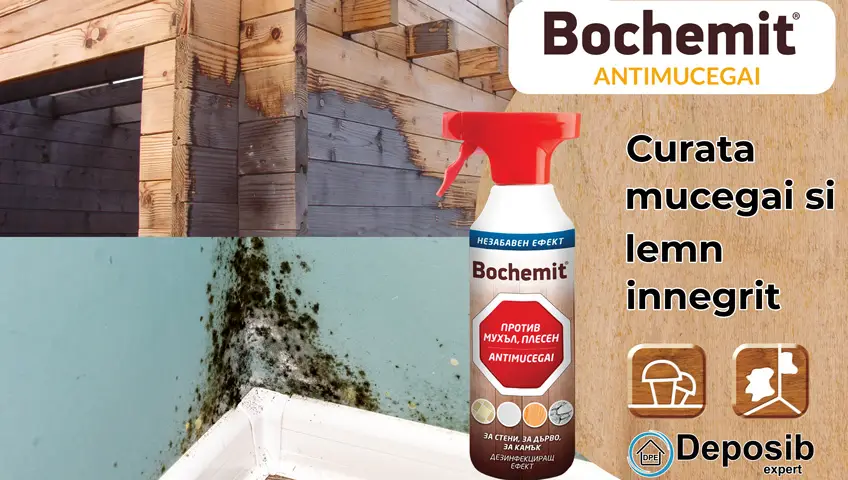
What is and how to use Bochemit Antimalgae
Bochemit Antifouling is a liquid product formulated to attack and remove mold and mildew both inside and outside the home. It has an antibacterial and disinfectant action with a very fast visible effect. It is recommended for the removal of various types of mold that occur in the household. It can be used to remove mold on walls and plaster, on stone, marble and granite cladding, wood, tile, sandstone, glass or silicone. It also has a discoloring effect and can be used to restore the original appearance of wood and wooden elements darkened by the sun's UV rays.
It is easy to apply, undiluted and has a very quick effect. Gloves, goggles and protective equipment are recommended. The most effective application is with a spray pump because it can reach the most hidden places. The basic chemical is sodium hypochlorite, recognized for its effective action against moulds. It can be used without any problems to remove mold from walls, ceilings and floors, around sinks and bathtubs, on house tiles, wood, stone, granite or marble exterior trim. Avoid use on colored textiles, metal or weathered wood as it has a discoloring and oxidative effect. In the case of varnished or oiled wood, it must be tested beforehand on a hidden area so as not to alter the possible colorants which may decompose under the action of hypochlorite.
The product also has a strong disinfectant effect. It can be used to combat SARS coronavirus CoV-2 and is very good for disinfecting surfaces. In this case use diluted 1:9 with water (1 part disinfectant to 9 parts water). The disinfecting effect is also used to treat pallets used for food transportation. In this case, the pallet is immersed in a solution of Bochemit Antimold.
Bochemit Antifouling is manufactured by the Bochemit division of the Czech group Bochemie, known manufacturer of chemicals for the production of disinfectants for hospitals, car batteries or textile protection. The group's Bochemit division was formed in 1968 and is dedicated treatment and protection of wood. In Romania, Bochemit products are distributed by Deposib Expert and authorized distributors. The product is available in packaging of 0.5, 5, 15, 50 and 500 kg. A 5 kg quantity can treat between 30 and 60 m² when used undiluted. The 0.5 kg package includes a sprayer.
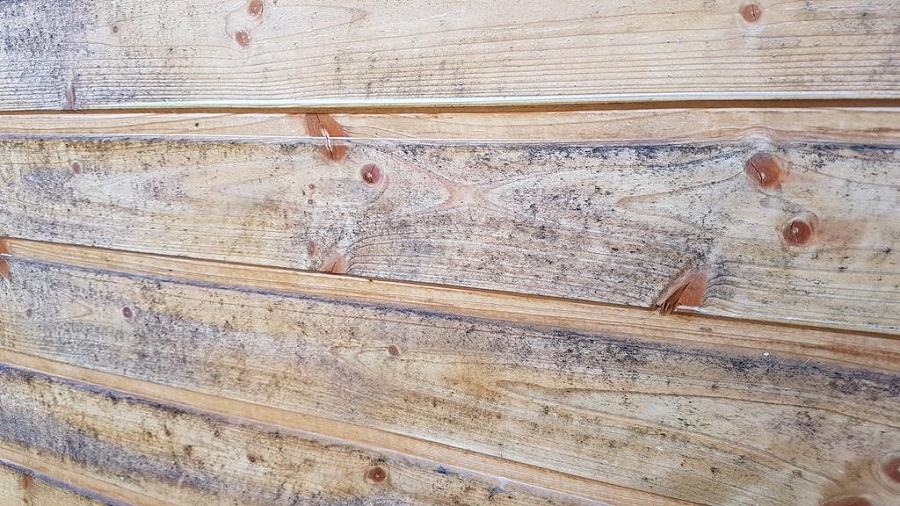
Cleaning unprotected blackened unprotected wood and log houses with anti-mold solution
Bochemit Antimildew is a highly valued solution for cleaning weather blackened wood. Wood that has been left outside without being protected with oil or varnish, or wood that has not been properly cared for after being protected, turns a dark gray color over time. It's a cumulative effect of mildew occurring due to persistent high humidity in the wood and UV radiation affecting it, changing its color. This is the case with fences, wood-panelled houses, wooden outbuildings, gazebos or pergolas. Sometimes, after installation, the wood is left like this, with the idea that it will be protected in a few months. But during this time the color of the wood changes.
Cleaning with Bochemit Antimildew is very effective, returning to the original color quickly, in about 30 minutes after application. Sometimes, if the blackening is severe, 2-3 applications may be necessary for the wood to return to its original color. Be aware, however, that the effectiveness of the solution decreases as the time the wood has been unprotected increases. Good results are obtained if this time is less than 2 years. After cleaning, it is recommended that the wood be left for a few days before applying any other treatment to allow the solution to evaporate. Then, to prevent mold, fungus and insect attack it can be treated with Bochemit Opti F+. For protection against moisture and UV radiation can be used Bochemit Estetik Protective Oil
Bochemit Antifouling is also effective for wood staining in log or round log houses, wood that is not treated in a kiln before use. Such houses need time for the wood to dry and the house to settle. During this time, the wood changes color. Treated with Bochemit Antimildew, the wood returns to its original color in just 30 minutes after application.
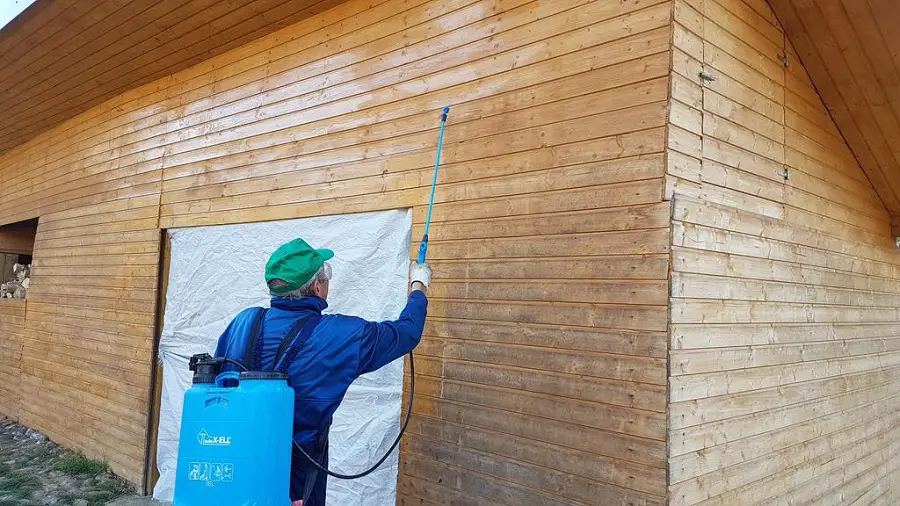
What mold is and why it occurs
The smell we smell when there is mold in the house is similar to fungus, and that's because mold is a fungus. In fact, there are several types of fungi that manifest themselves as green, blue or black stains on walls, furniture, floors, ceilings, wallpaper, wallpaper, textiles, carpets, tiles, tiles or food. There are hundreds of thousands of types of mold-causing fungi and almost 100 can be found in our homes. The common denominator of these fungi is that they multiply by spores that spread very easily at the slightest draught and cause the characteristic odor.
The main cause is moisture. Mold likes moisture very much and thrives where it is persistent. Moisture from seepage or leaks is important, as is moisture that occurs as a result of condensation, or increased humidity in the air. Normal indoor humidity is between 40 and 60%. When the humidity rises above 60%, especially between 75 and 90%, optimal conditions are created for mold growth and development. High temperatures also contribute to the optimum conditions.
The best solution for these conditions to take place is ventilation. It is air circulation that dries, that regulates humidity. If there is no ventilation system that automatically regulates the humidity level indoors, ventilation must be done at all times, even on cold winter days and especially where air humidity can be increased by daily activities: kitchen, bathroom, laundry drying area. Ventilation is very important in dwellings where double-glazed windows have been installed because they provide a very good seal and the building no longer exchanges air with the outside. If cooking is done in such an enclosure in winter without ventilation, condensation will form on the walls, especially in the corners where there is usually a break in the insulation (if the house is thermally insulated) and the wall is much colder. The most exposed areas are behind furniture, where air circulates much more slowly.
Moisture is what creates the conditions for mold and mildew to grow outdoors. Water stagnating on stone, sandstone or marble, moisture absorbed into the wood and which, for various reasons, persists for a long period of time, results in black or greenish stains. If the mold is not removed and the favorable conditions persist, it continues to grow by penetrating deep into the substrate on which it has been fixed and thus cracks appear in stone or marble or can lead to rotting in wood. Protected wood is much less exposed to mold, but if the humidity is stagnant (shady areas in the north, a cladding that doesn't allow air to circulate, the base of the building where water is permanently present), mold can also develop on protected wood.
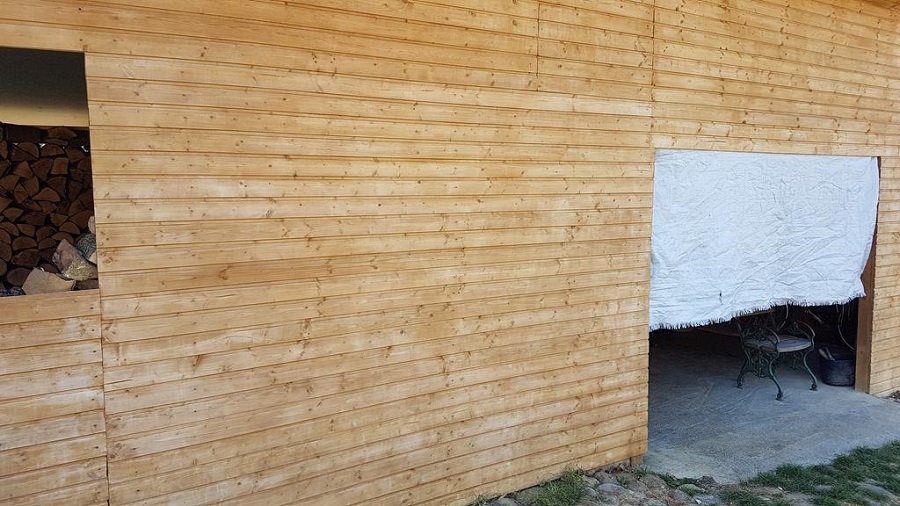
It's mold prevention that saves you the trouble.
Mold remediation solutions have no preventative effect, so if you don't remove the cause, it will come back after a while. It is good to look for the cause at the first signs because the effects on those in the house are unpleasant, especially children, the elderly and those prone to allergies. The effects range from irritated eyes, blotchy skin, runny nose to fatigue, headaches or lung damage.
Thinking and fitting the right home insulation, installing professional ventilation systems with control over air temperature and humidity when the house is well insulated, constant airing of the house, correct heating are just some of the solutions to eliminate mold growth. Do not mount large furniture on exterior walls, especially if they are not thermally insulated. Don't allow water to run over or under bathtubs, sinks, showers or under them. Build so that you have easy access where water might accidentally get in. Don't block air circulation, it's the most effective way to dry out damp areas.
And last but not least, work with professionals if you need to insulate your house or apartment or when replacing windows with efficient ones (with 2 or 3 layers of glass). If they're not done right, they can cause you more problems than you had before.



























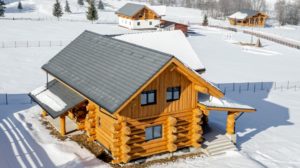








Add comment